How to Choose the Right Perp DEX

Table of Contents
- Overview - What Makes a Perp DEX “Right” for You
- Security and Audits
- Oracle Integrity
- Liquidity and Volume Depth
- Fees and Funding Structure
- Leverage Limits and Liquidation Design
- Supported Assets and Collateral Options
- Governance and Decentralization
- User Experience and Tooling
- Insurance and Risk Controls
- Reputation and Community
- Decision Framework - How to Evaluate Any Perp DEX
- Future Trends - The Next Generation of Perp DEXs
- FAQ
Choosing the right Perpetual Decentralized Exchange (Perp DEX) means evaluating a platform’s security, liquidity, fees, oracle integrity, and leverage design to ensure safe, efficient, and transparent trading. The ideal Perp DEX balances performance, decentralization, and user protection.
Overview - What Makes a Perp DEX “Right” for You
Perpetual DEXs allow traders to speculate, hedge, and manage leverage directly on-chain. But with dozens of new platforms launching each year, not all are equal in design, reliability, or transparency.
Selecting the right one depends on your goals and risk tolerance. Are you seeking deep liquidity for high-volume trades, minimal funding fees for long-term positions, or maximum decentralization to avoid custodial risk?
By 2025, top Perp DEXs like GMX, dYdX v4, Hyperliquid, Drift, Reya, Avantis, Aster, and Ethereal each specialize in different strengths - from hybrid liquidity models to institutional-grade execution. This guide provides a clear framework for comparing them effectively.
Read more:
- What is a Perpetual DEX? (2025 Guide)
- Risks of Trading on Perpetual DEXs
- How Funding Rates Work on Perp DEXs
Security and Audits
Security is non-negotiable in decentralized trading. Every Perp DEX runs on smart contracts that manage collateral, leverage, and liquidation - and any exploit can wipe out user funds.
What to Check
- Audit Reports: Ensure the protocol has been audited by reputable firms (e.g., CertiK, Trail of Bits, PeckShield, Quantstamp).
- Open-Source Code: Verify that contracts are publicly available for community review.
- Bug Bounty Programs: Platforms like dYdX v4 and GMX offer rewards for responsible disclosures.
- Immutable Core Contracts: Fully deployed logic reduces upgrade risks.
Red Flags
- Closed-source contracts
- No public audits or outdated reports
- Overreliance on admin keys
Oracle Integrity
Price feeds power every core function of a Perp DEX - from margin calculation to liquidation and funding.
A reliable DEX must use redundant, decentralized oracle networks to ensure accuracy and fairness.
Preferred Setup
- Combination of oracles such as Chainlink, Pyth Network, RedStone, Supra, and Chronicle Protocol
- Multi-oracle aggregation for redundancy
- Fast update intervals (<1 second preferred for volatile assets)
- Circuit breakers to pause trading on oracle deviation
Example
- GMX v2: Uses Chainlink + fast off-chain feeds for reliability.
- Hyperliquid: Maintains its own high-frequency oracle integrated with Pyth.
- Reya: Implements block-level price reconciliation using multi-oracle data.
Learn more:
Liquidity and Volume Depth
Liquidity determines whether large trades execute smoothly or suffer slippage.
Perp DEXs use different models to source liquidity:
| Model | Example Platforms | Characteristics |
|---|---|---|
| AMM-based | GMX, Aster, Level Finance | Pooled liquidity; transparent but subject to slippage |
| Order-book-based | dYdX v4, Hyperliquid, Reya | Deep liquidity and tighter spreads; ideal for active traders |
| Hybrid | Drift, Avantis, Ethereal | Combines AMM pools with order matching; balanced approach |
What to Evaluate
- 24-hour trading volume
- Open interest (OI) on major pairs
- Spread width during volatility
- TVL (Total Value Locked) as a measure of capital depth
Tip: Use DeFi dashboards like DefiLlama or Coingecko Derivatives to compare liquidity metrics across DEXs.
Fees and Funding Structure
Trading on Perp DEXs involves two main costs: transaction fees and funding rates.
Each platform structures them differently:
| Platform | Trading Fees | Funding Mechanism | Notes |
|---|---|---|---|
| GMX v2 | 0.05–0.1% | Dynamic, pool-based | Liquidity providers earn from trader fees |
| dYdX v4 | 0.02–0.05% | Oracle-indexed funding | Efficient for high-frequency traders |
| Hyperliquid | 0.01–0.05% | Continuous, real-time | Sub-second price updates reduce spikes |
| Drift | 0.03–0.08% | Time-weighted average | Ideal for medium-term positions |
| Reya | 0.02–0.06% | Volatility-adjusted | Institutional-grade structure |
| Aster | 0.05–0.1% | Fixed + dynamic hybrid | Simplified for retail use |
What to Look For
- Predictable funding costs
- Transparent fee display before execution
- Minimal slippage on entry and exit
Leverage Limits and Liquidation Design
Higher leverage offers more potential reward - and risk.
The right DEX offers flexibility without excessive liquidation frequency.
| Platform | Max Leverage | Margin Type | Liquidation Style |
|---|---|---|---|
| dYdX v4 | 50x | Cross margin | Auction-based |
| GMX v2 | 100x | Isolated margin | Pool offset |
| Hyperliquid | 40x | Cross margin | On-chain bot liquidation |
| Drift | 10x | Hybrid | Partial liquidation |
| Avantis | 25x | Cross margin | Vault auto-close |
| Reya | 50x | Cross margin | Real-time dynamic |
| Aster | 20x | Isolated margin | Simplified liquidation |
How to Evaluate
- Does it offer partial liquidation (safer) or full closeout?
- Are liquidation rules transparent and verifiable on-chain?
- Is the maintenance margin adaptive to volatility?
See:
Supported Assets and Collateral Options
A diverse asset list allows better trading flexibility, but also introduces more volatility.
Key Considerations
- Core assets: BTC, ETH, SOL, AVAX, ARB - offered by most major DEXs.
- Altcoin markets: Aster, Drift, and Avantis specialize in smaller-cap perpetuals.
- Collateral flexibility: USDC and USDT are standard, but some DEXs allow ETH or stable yield tokens as margin.
- RWA perps: A few experimental DEXs like Ethereal and Vector now offer tokenized bond or gold perpetuals using RedStone oracles.
Governance and Decentralization
True decentralization ensures no single party can freeze or alter the protocol.
What to Evaluate
- DAO governance: Is it community-controlled?
- Admin key exposure: Can the team halt or modify core logic?
- Transparency: Are upgrades and proposals public?
Example:
- dYdX v4 runs fully on a Cosmos appchain - no centralized sequencer.
- GMX DAO governs parameters like fees and oracle updates.
- Hyperliquid uses on-chain validators to approve code changes.
Governance quality often determines long-term resilience and trust. Learn more about Decentralized Autonomous Organization (DAOs).
User Experience and Tooling
Performance and usability matter, especially for frequent traders.
Key UX Features
- Intuitive interface with clear liquidation metrics.
- On-chain analytics dashboards (PnL, funding, collateral health).
- Integration with major wallets like Bitcoin.com Wallet, MetaMask, and Phantom.
- Optional testnet or simulated trading environments.
Platforms like Drift and Reya have introduced mobile-friendly dashboards and AI-assisted risk summaries to make trading more accessible to retail users.
Insurance and Risk Controls
A well-designed Perp DEX maintains a protocol insurance fund or backstop liquidity provider (BLP) system to absorb extreme losses.
Look for:
- Publicly visible insurance reserves.
- Historical record of loss coverage during volatility events.
- Transparent payout criteria for liquidation shortfalls.
Example:
In early 2025, GMX’s insurance pool covered a $3.4M shortfall following a sharp ETH dump - without user loss.
Reputation and Community
Reputation is built through consistent uptime, transparency, and engagement.
Before choosing, evaluate:
- Social presence and community support channels.
- Track record during high-volatility periods.
- Response time to incidents or oracle discrepancies.
Active developer communication - through GitHub, Discord, or governance forums - is often a good proxy for reliability.
Decision Framework - How to Evaluate Any Perp DEX
| Category | Key Criteria | Weight |
|---|---|---|
| Security & Audits | Verified, open-source, multi-audited | 20% |
| Oracle Integrity | Multi-oracle, sub-second updates | 15% |
| Liquidity Depth | Tight spreads, high OI | 15% |
| Fees & Funding | Transparent, predictable | 10% |
| Liquidation Design | Partial and adaptive | 10% |
| Governance & Decentralization | DAO-driven, immutable logic | 10% |
| Collateral & Assets | Stable, diversified options | 10% |
| UX & Tooling | Clarity, integration, accessibility | 5% |
| Insurance Mechanisms | Funded and transparent | 5% |
Future Trends - The Next Generation of Perp DEXs
By late 2025, perpetual exchanges are evolving toward:
- Unified cross-chain liquidity - using oracle layers like Supra and RedStone.
- Intent-based execution engines - traders specify outcomes, not orders.
- Restaking-secured insurance pools - leveraging staked ETH for backstop capital.
- Modular architecture - customizable per-market risk parameters.
- AI-enhanced risk analysis - real-time position monitoring via on-chain analytics.
These features will define the next wave of decentralized derivatives infrastructure.
Learn more:
FAQ
What should I look for first when choosing a Perp DEX?
Start with security - audited, open-source smart contracts are mandatory. Then compare liquidity, oracles, and governance transparency.
Which Perp DEX has the lowest fees?
Currently, Hyperliquid and dYdX v4 offer some of the lowest trading fees among decentralized exchanges.
Which is safest for beginners?
GMX and Drift are often recommended for newcomers due to user-friendly interfaces and partial liquidation systems.
Are all Perp DEXs fully decentralized?
No. Some still rely on centralized sequencers or admin keys. Always review governance structure before depositing funds.
Can I use Bitcoin to trade on Perp DEXs?
Yes. You can trade Bitcoin perpetuals using stablecoin collateral or wrapped BTC across major DEXs like GMX, dYdX, and Hyperliquid.
Want to trade safely and efficiently?
Download the Bitcoin.com Wallet App to manage your crypto and trade directly from your phone - no custodians, no middlemen.
And if you’re looking for more advanced tools, check out our pro-trading experience at orangerock.xyz.
Related guides
Start from here →
What is Bitcoin?
Get a straightforward introduction to Bitcoin and why it matters.
Read this article →
What is Bitcoin?
Get a straightforward introduction to Bitcoin and why it matters.

What are Altcoins?
Altcoins are cryptocurrencies beyond Bitcoin. Learn about their diverse functionalities, use cases, risks, and potential.
Read this article →
What are Altcoins?
Altcoins are cryptocurrencies beyond Bitcoin. Learn about their diverse functionalities, use cases, risks, and potential.
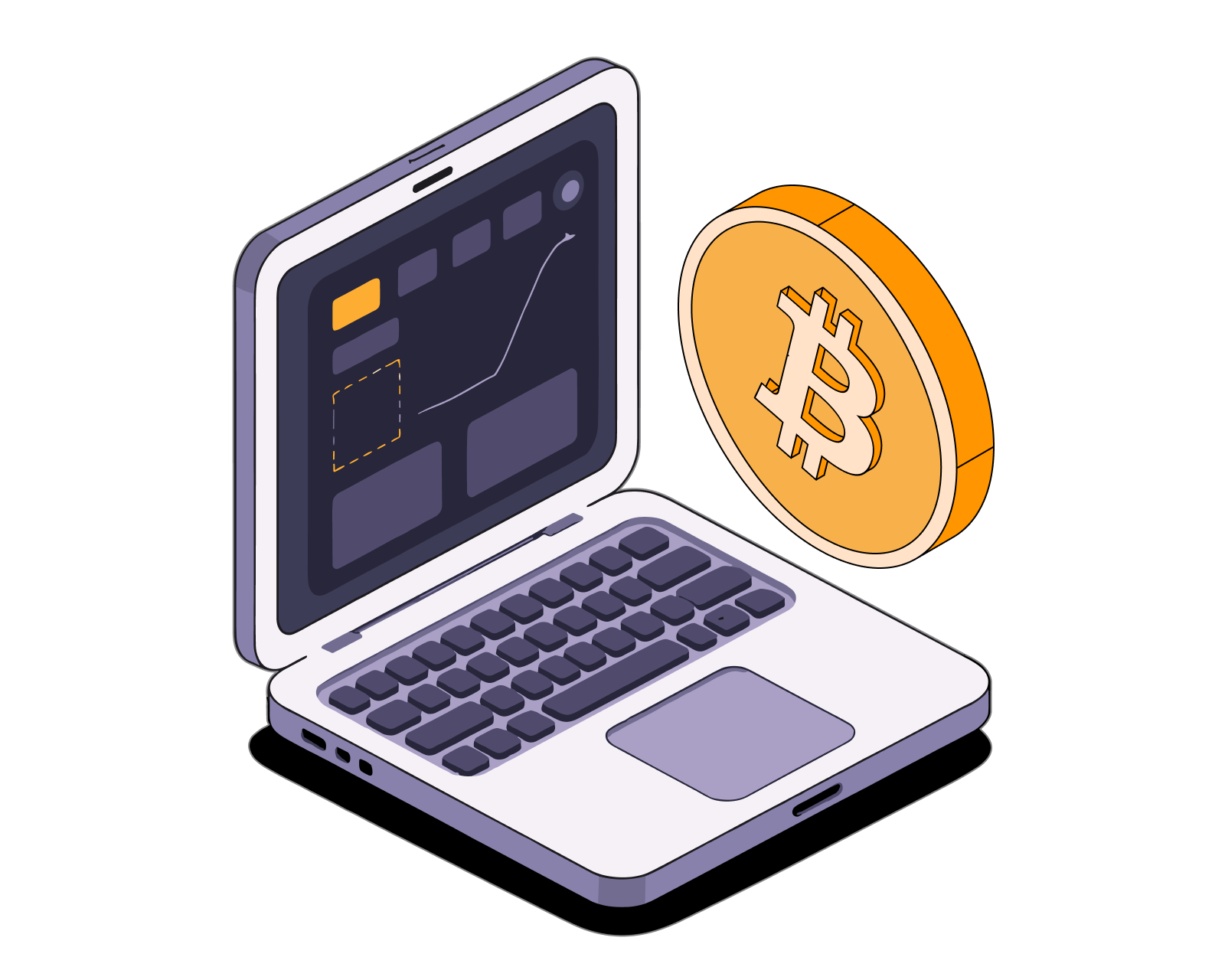
What is a CEX?
Learn about CEXs, the differences between them and DEXs, and whether they’re safe to use.
Read this article →
What is a CEX?
Learn about CEXs, the differences between them and DEXs, and whether they’re safe to use.

What is a DEX?
A decentralized exchange (DEX) is a type of exchange that specializes in peer-to-peer transactions of cryptocurrencies and digital assets. Unlike centralized exchanges (CEXs), DEXs do not require a trusted third party, or intermediary, to facilitate the exchange of cryptoassets.
Read this article →
What is a DEX?
A decentralized exchange (DEX) is a type of exchange that specializes in peer-to-peer transactions of cryptocurrencies and digital assets. Unlike centralized exchanges (CEXs), DEXs do not require a trusted third party, or intermediary, to facilitate the exchange of cryptoassets.

How does crypto exchange work?
How safe is it to store your crypto on centralized exchanges?
Read this article →
How does crypto exchange work?
How safe is it to store your crypto on centralized exchanges?

Reading Bitcoin Charts for Beginners
A beginner's guide to understanding Bitcoin charts, covering candlestick patterns, technical indicators, market analysis, and risk management.
Read this article →
Reading Bitcoin Charts for Beginners
A beginner's guide to understanding Bitcoin charts, covering candlestick patterns, technical indicators, market analysis, and risk management.
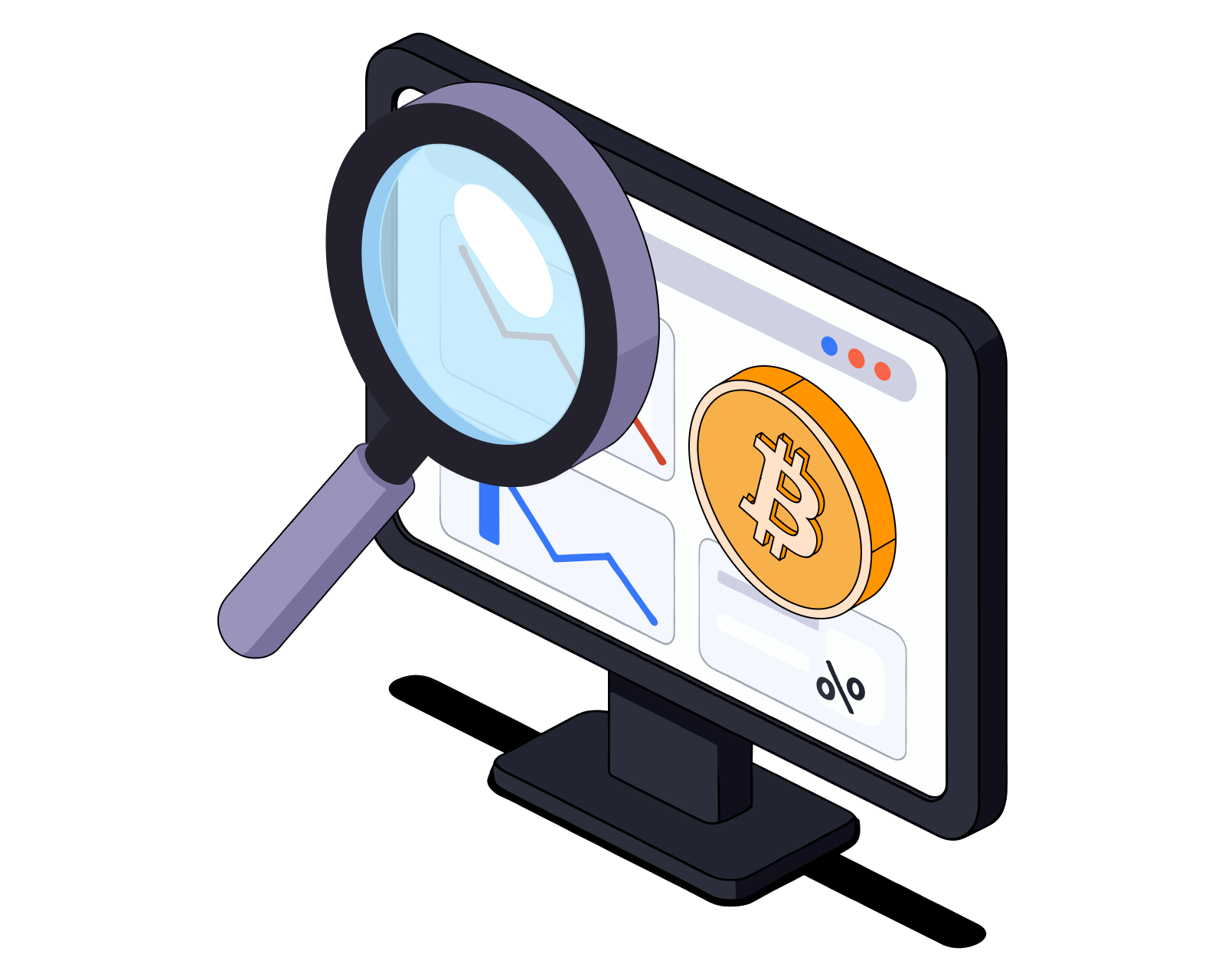
Bitcoin Trading for Beginners
A comprehensive guide to Bitcoin trading for beginners, covering wallets, exchanges, market analysis, and risk management strategies.
Read this article →
Bitcoin Trading for Beginners
A comprehensive guide to Bitcoin trading for beginners, covering wallets, exchanges, market analysis, and risk management strategies.
STAY AHEAD IN CRYPTO
Stay ahead in crypto with our weekly newsletter delivering the insights that matter most
Weekly crypto news, curated for you
Actionable insights and educational tips
Updates on products fueling economic freedom
No spam. Unsubscribe anytime.
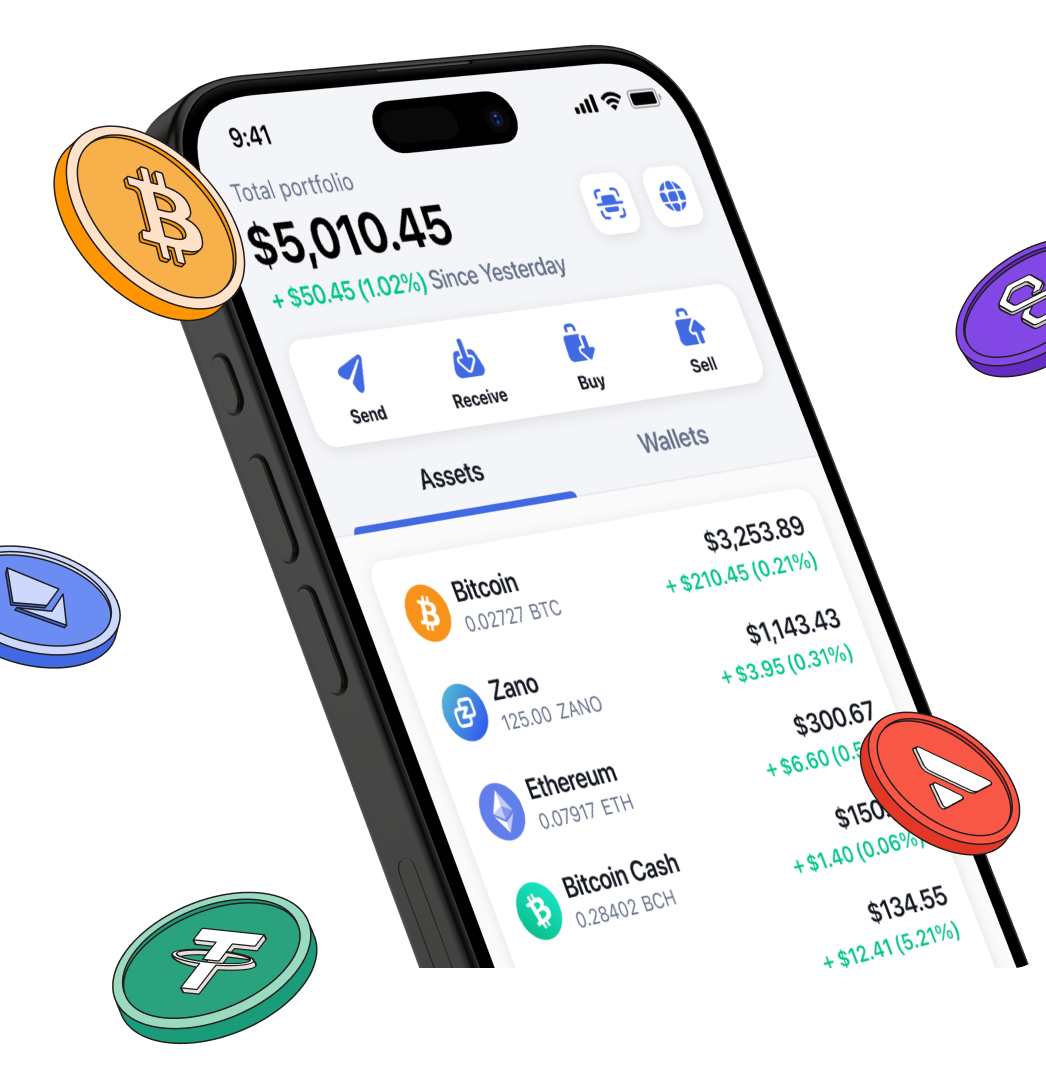
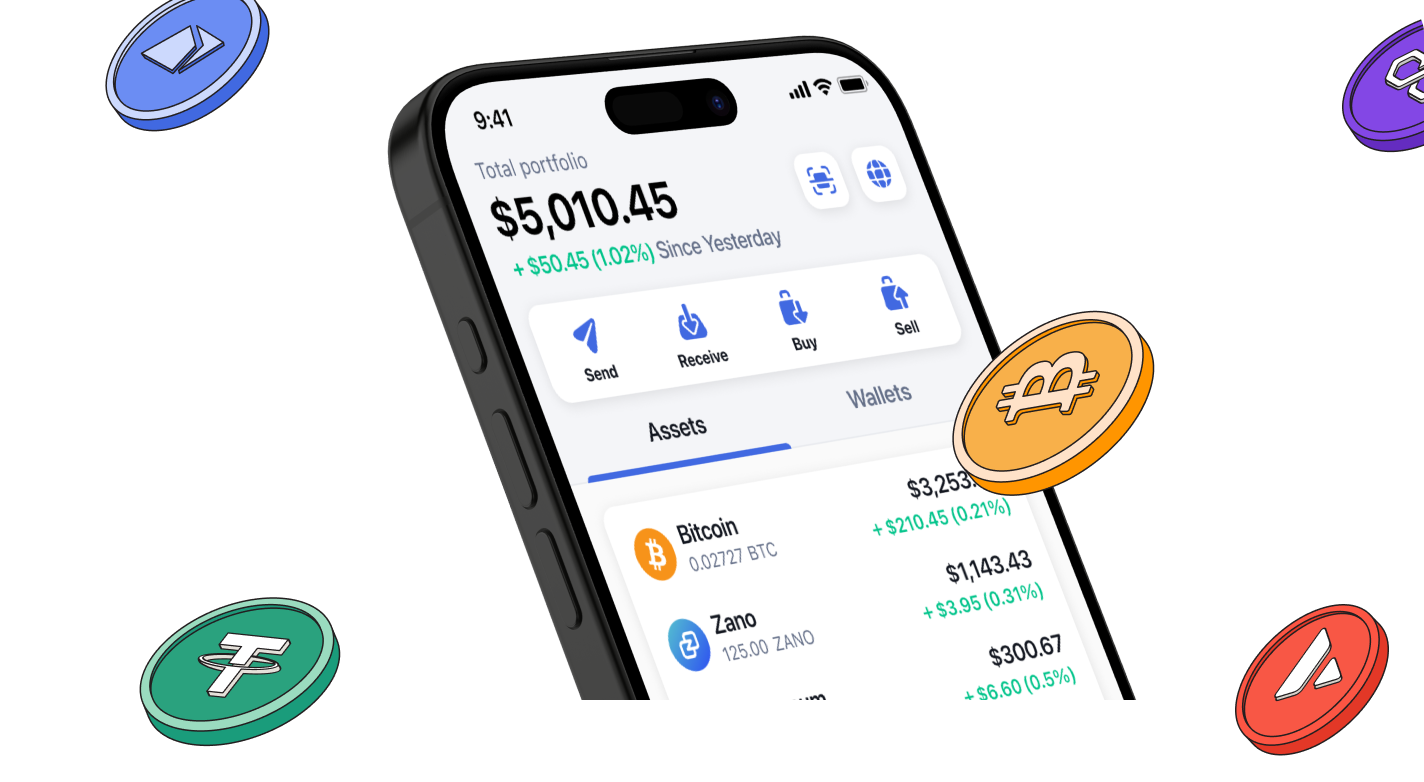
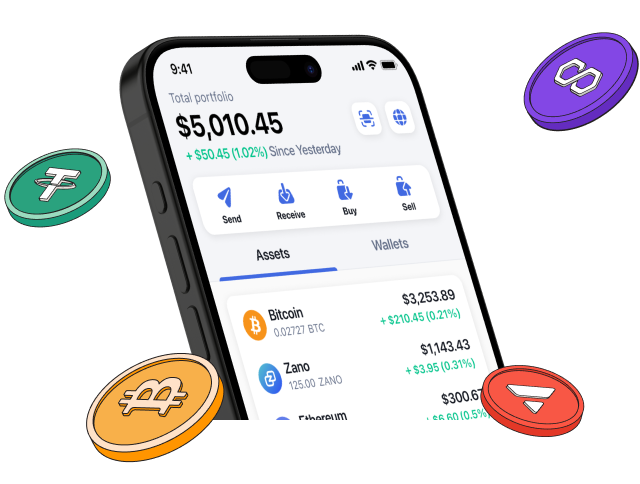
Start investing safely with the Bitcoin.com Wallet
Over wallets created so far
Everything you need to buy, sell, trade, and invest your Bitcoin and cryptocurrency securely

© 2025 Saint Bitts LLC Bitcoin.com. All rights reserved


